Spring is (finally) here, which means that many of us in the education department are gearing up for Summer Art Camps! The best part of teaching a summer camp is getting to experiment and explore with materials to devise fun and engaging art projects. Jessica Fuentes and I are teaching a summer photography camp for 6-8 year olds, called Developing an Eye for Art. In this camp we are going above and beyond the simple point and shoot aspect of photography, and urging our students to explore this artistic medium through many different avenues. A favorite exploratory activity of mine is photo transfer, because it is a fairly straightforward project that invites loads of experimentation.
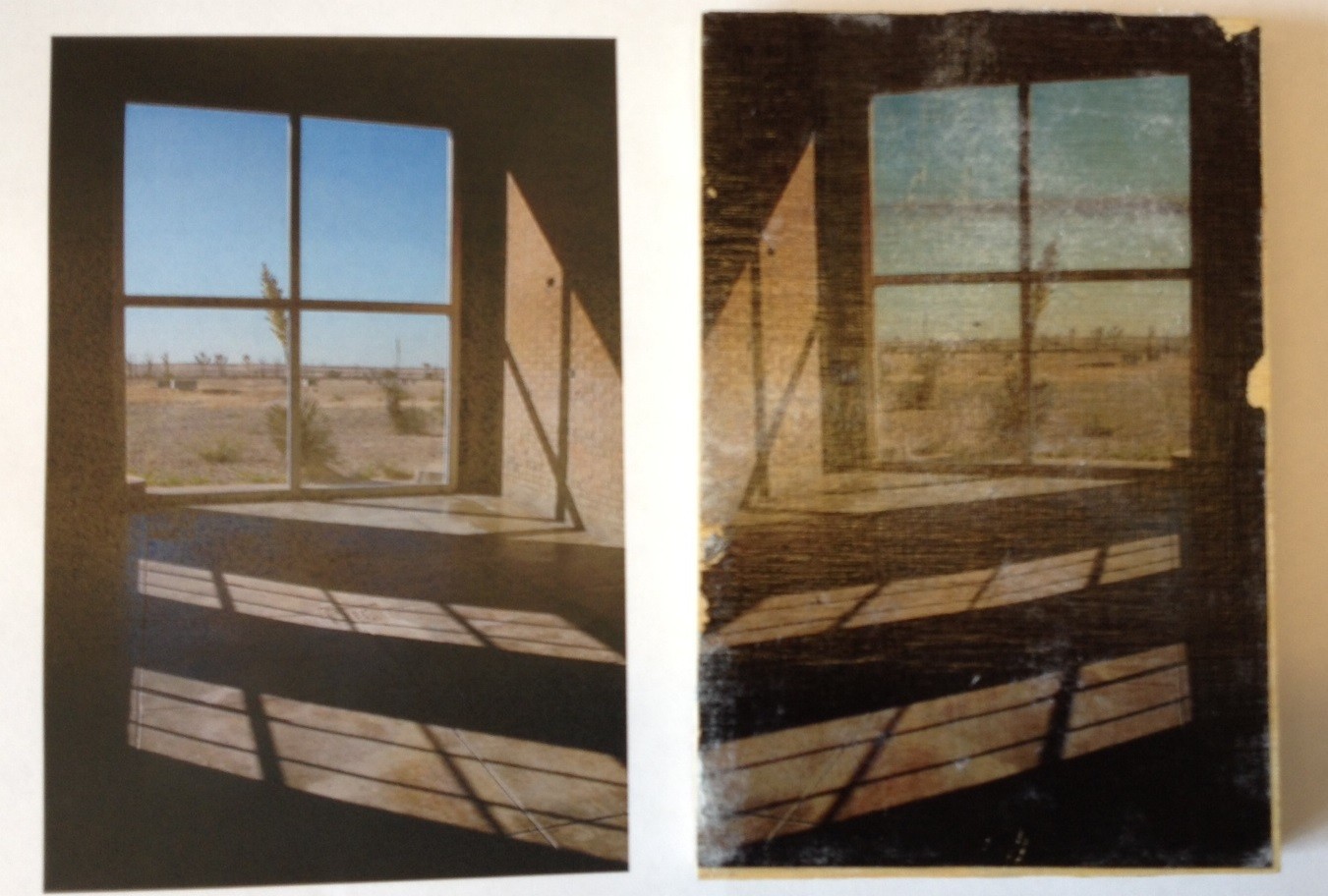
What you need:
- Photograph to transfer (higher contrast photos are best)
- Light colored piece of wood (5×7″ is what I used)
- Matte gel medium (found in the acrylic paints section of art & craft stores)
- Scissors
- Paint brush (can be foam or bristle)
- Mod Podge (I used matte finish)
- Access to a laser printer or copy machine
Step 1
Print your chosen photograph from a laser printer, or make a copy of the image on a photocopier. Do not use an ink jet printer, as it will smudge the image. Make sure the printed or copied image is the same size (or smaller) than your piece of wood.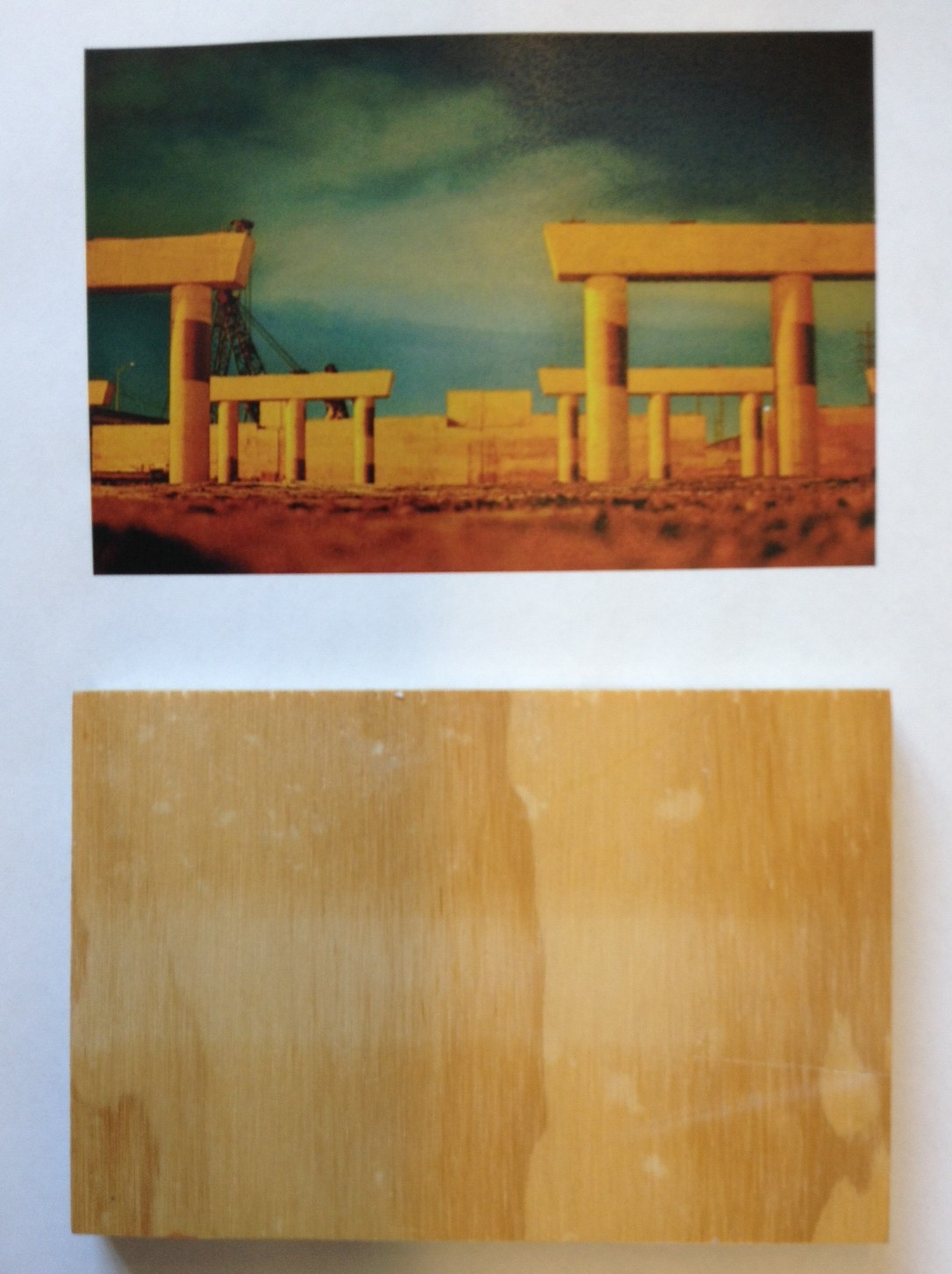
Step 2
Cut out the laser print-out of your image, making sure you do not leave a border around the image.
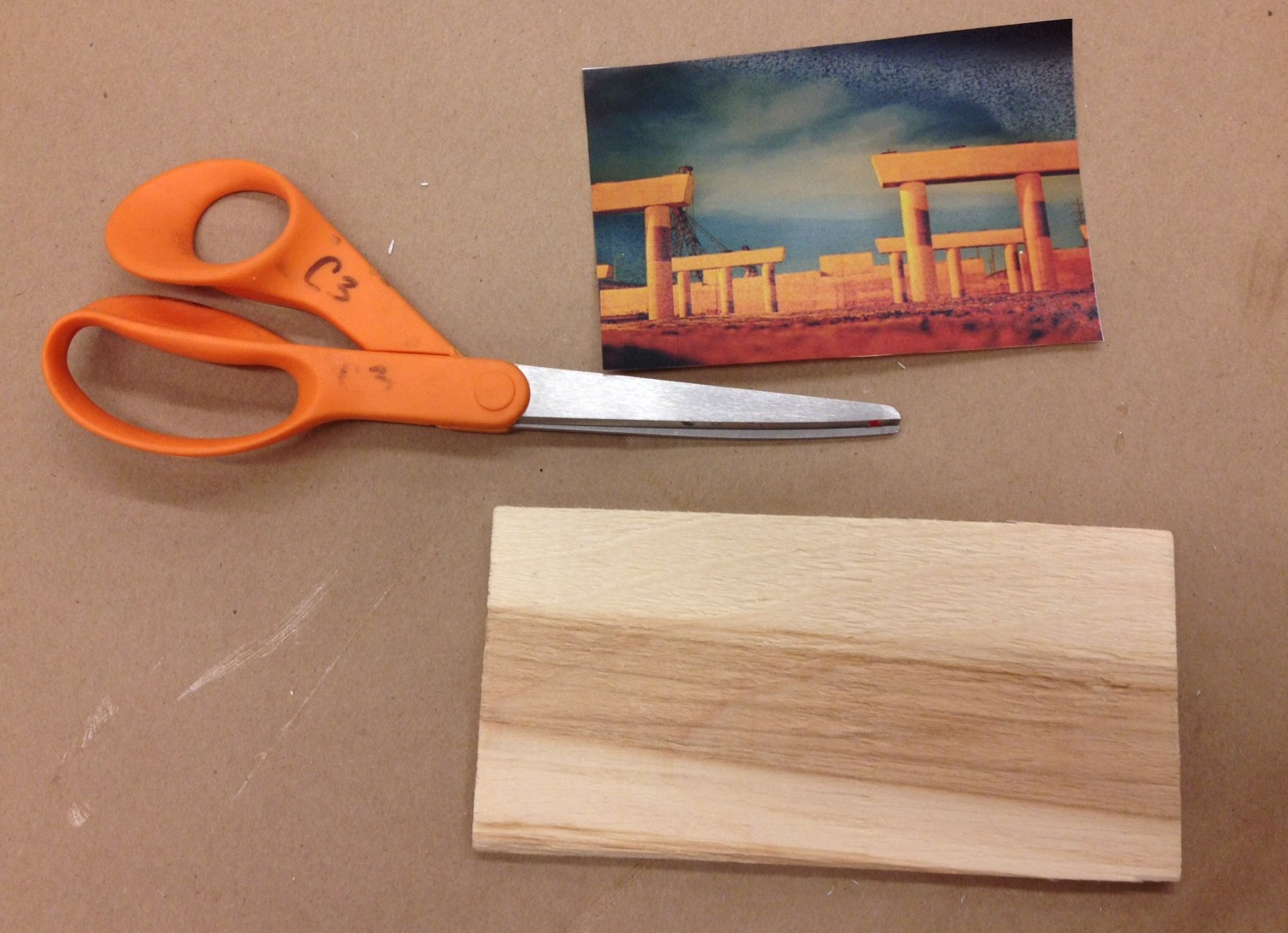
Step 3
Use a foam or bristle brush to place a thin layer of matte gel medium directly onto your image, which will make the image opaque white.
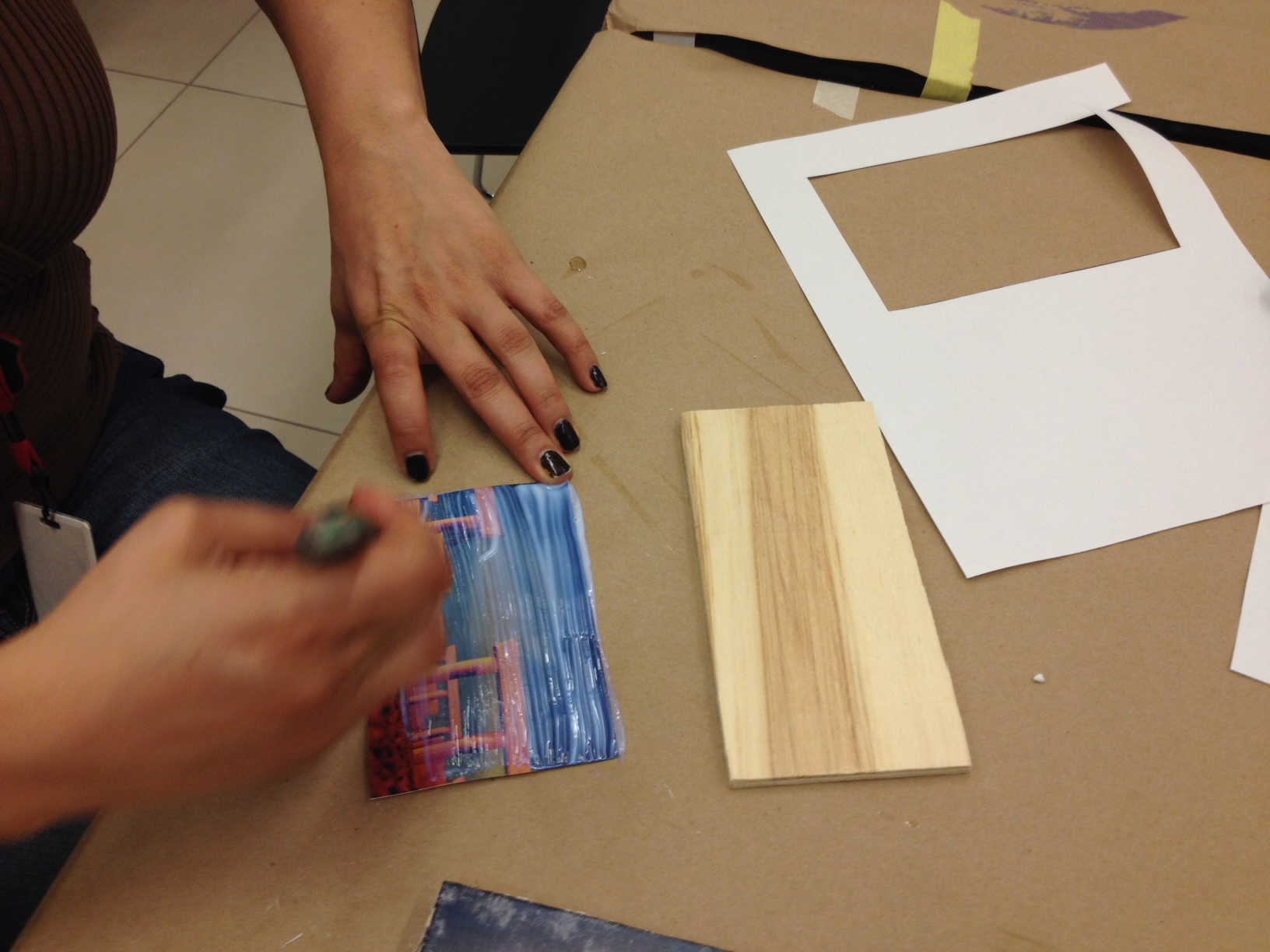
Step 4
Before the gel medium dries, place your image face down on your piece of wood. Be careful with placement as you will not be able to move the photograph once it dries.
Once your image is in place, smooth out and flatten any air bubbles underneath your photo. You can use your fingers or anything with a stiff edge (like a ruler) to smooth out any bumpy places. Make sure not to push too hard and rip your image.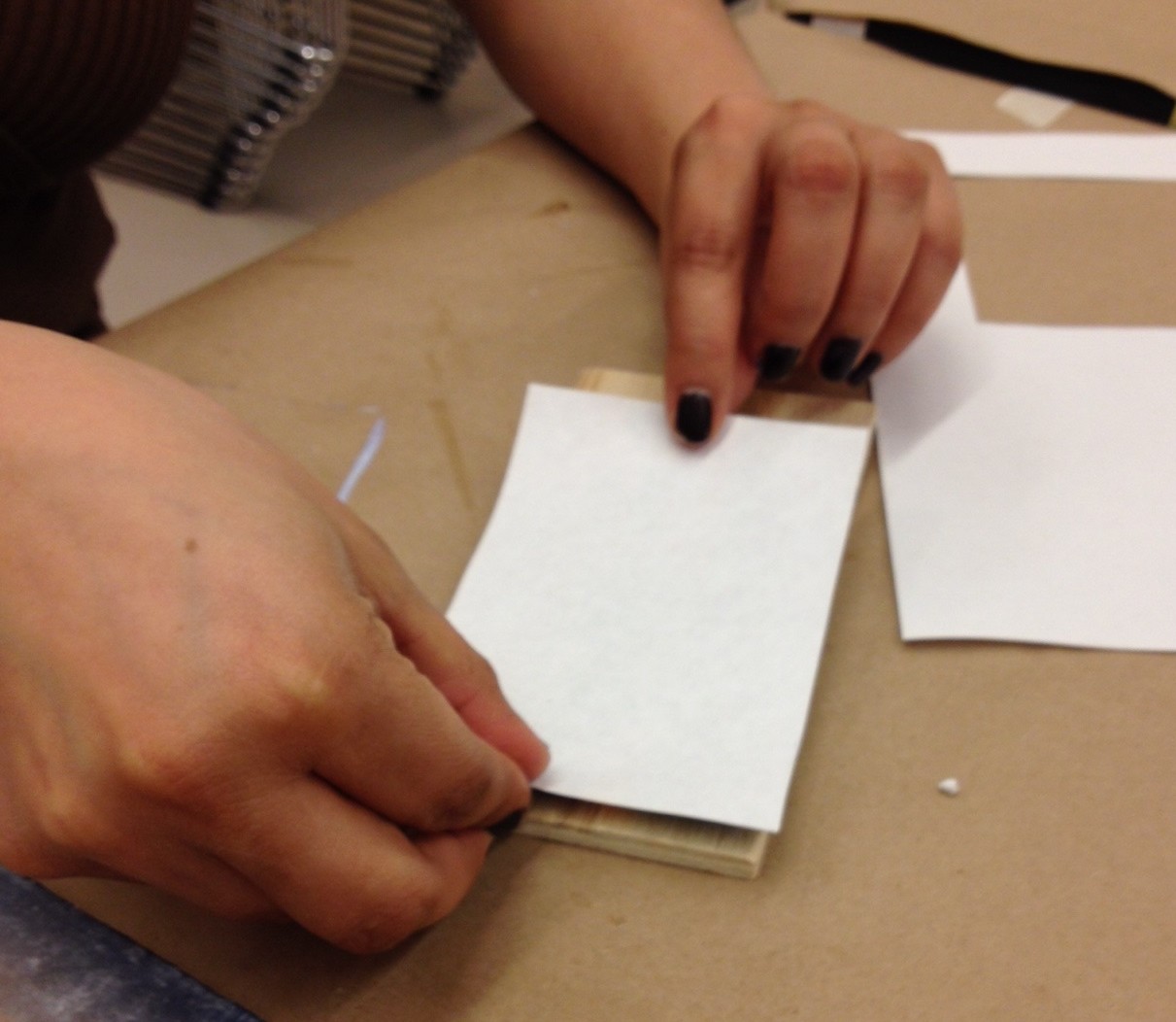
Step 5
Let your photo transfer sit and dry for at least 8 hours.
Step 6
After your photo transfer has dried, get a wet rag and lay it on top of the image, making sure to get the paper nice and soaked. Next, use your fingers or a rag to carefully rub off the fuzzy white paper fibers, revealing your lovely photo underneath.
It is best to let the transfer dry in-between paper rubbings, to make sure that all the bits of paper are removed. This make take time and multiple drying and re-wetting sessions. Be patient 🙂
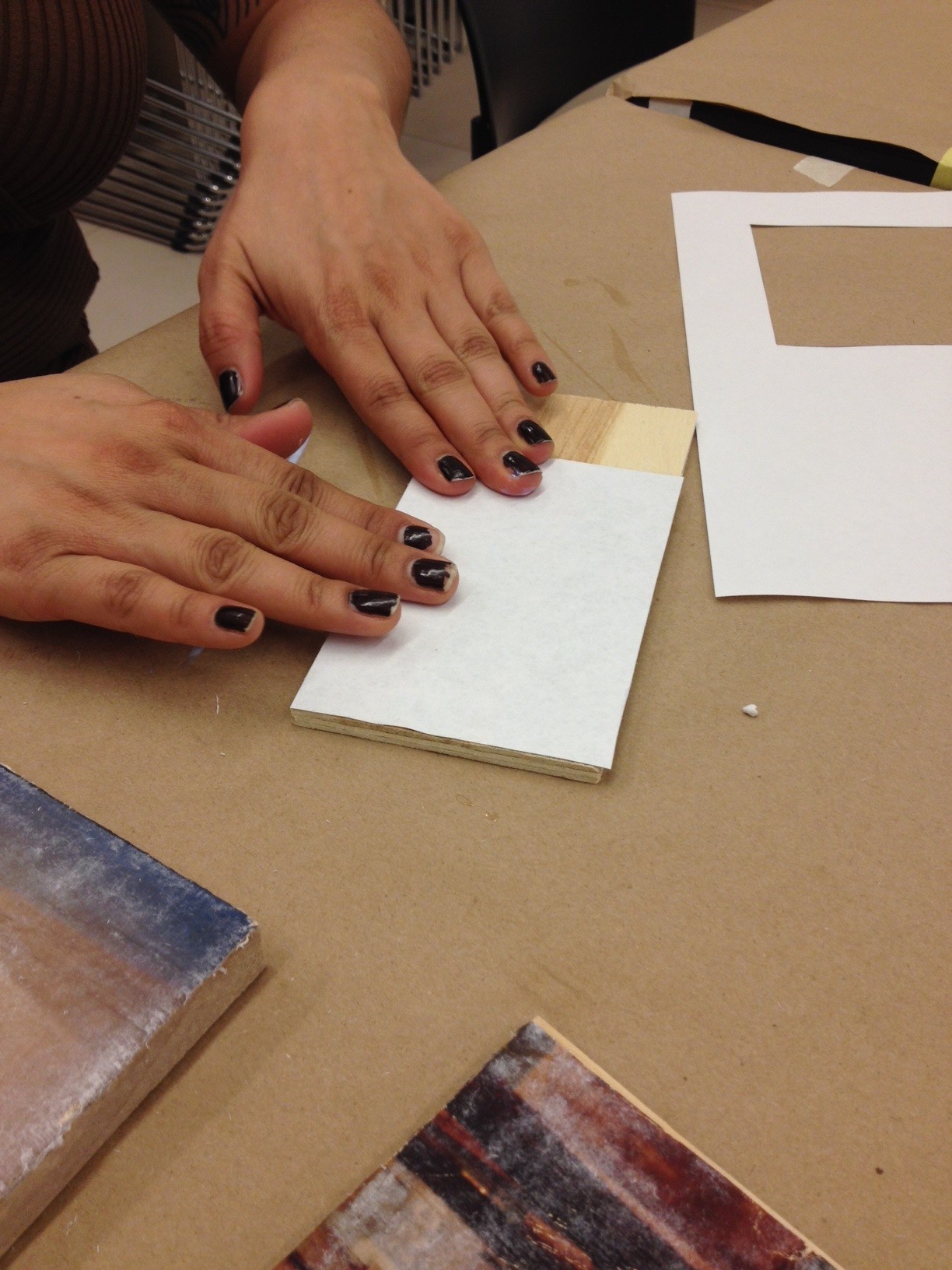
Step 7
Once your photo transfer is dry and to your liking, brush a layer (or two) of Mod Podge on top of the image to seal the work.
That’s it! Your photo transfer is done and ready to be shown off! This simple project can be modified to give a more or less distressed look to the finished work, experiment and see what you can do!
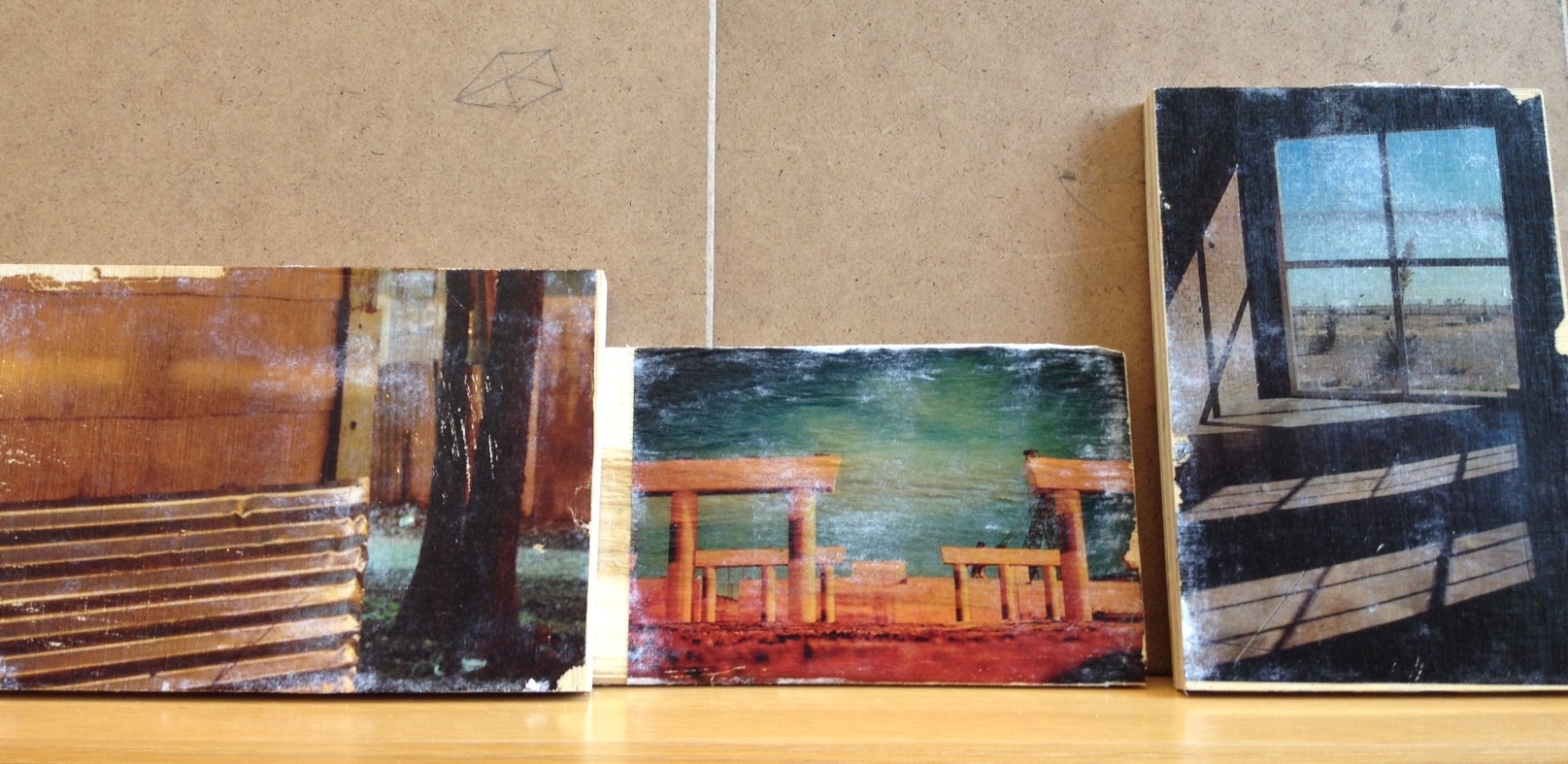
Finished transfers.
Danielle Schulz
Teaching Specialist
This is simply beautiful, and looks like fun! 🙂
Thanks Ynne! It is very fun and easy to do, with wonderful results.